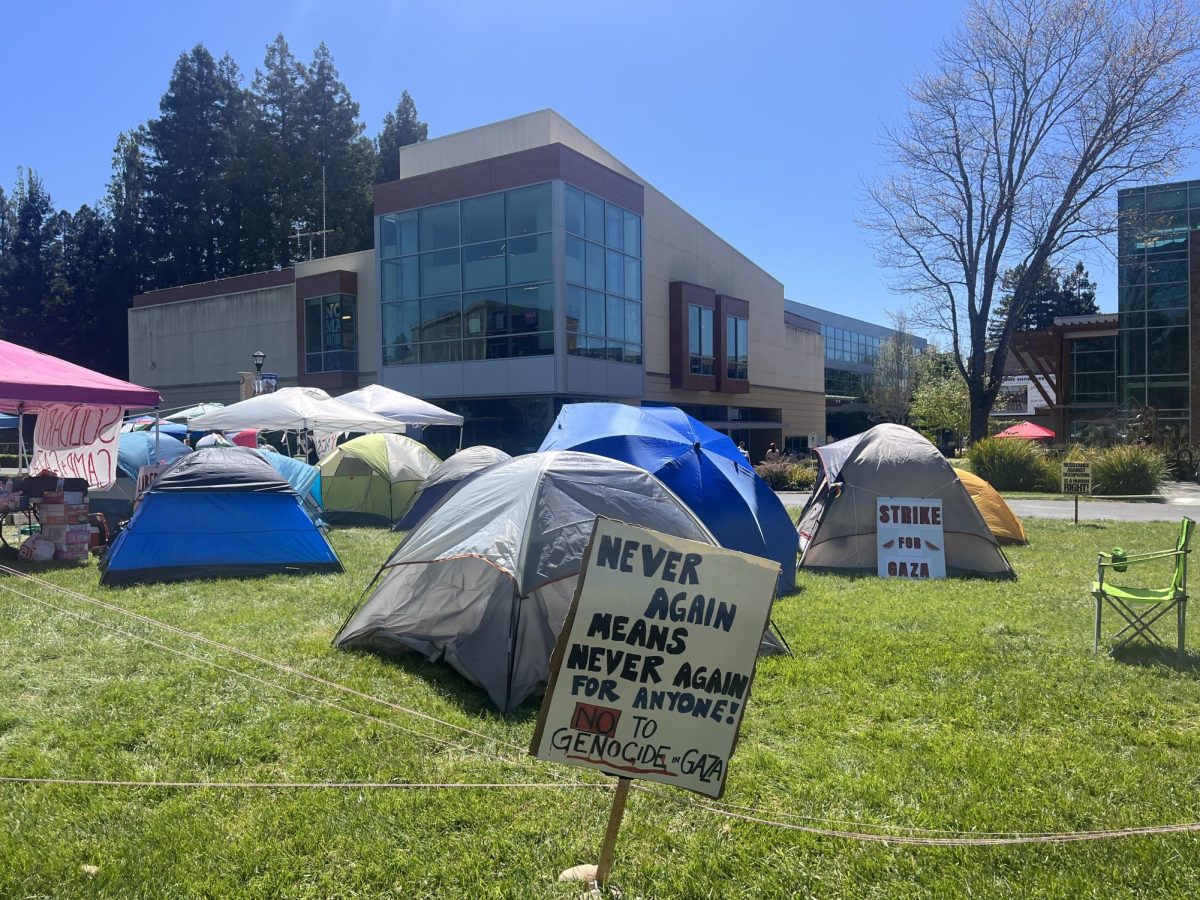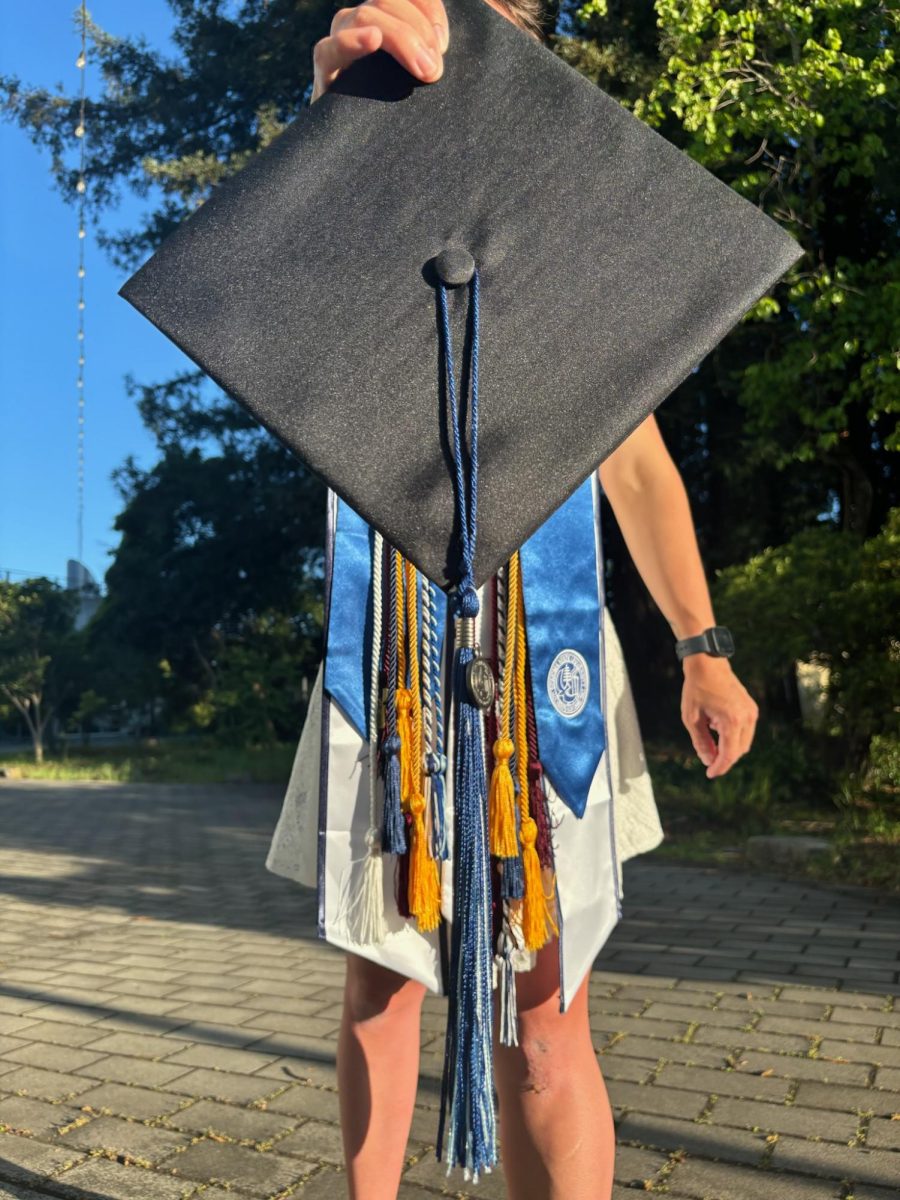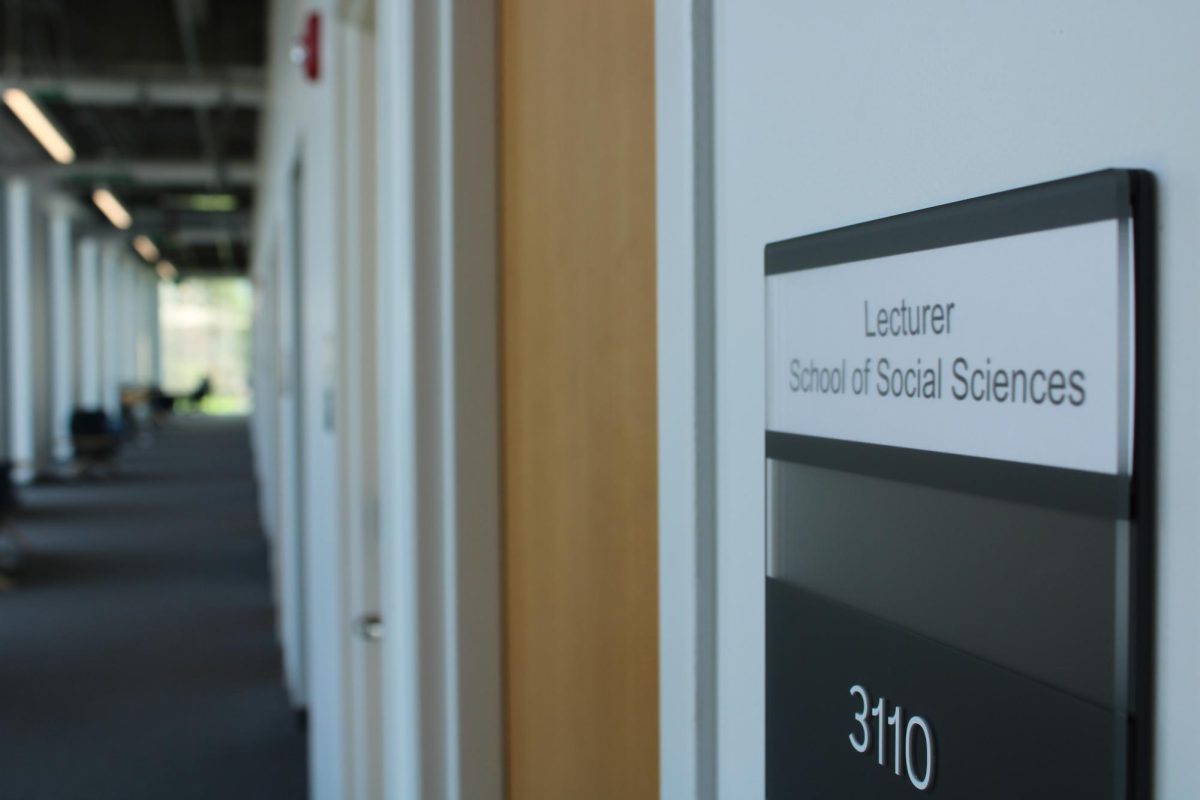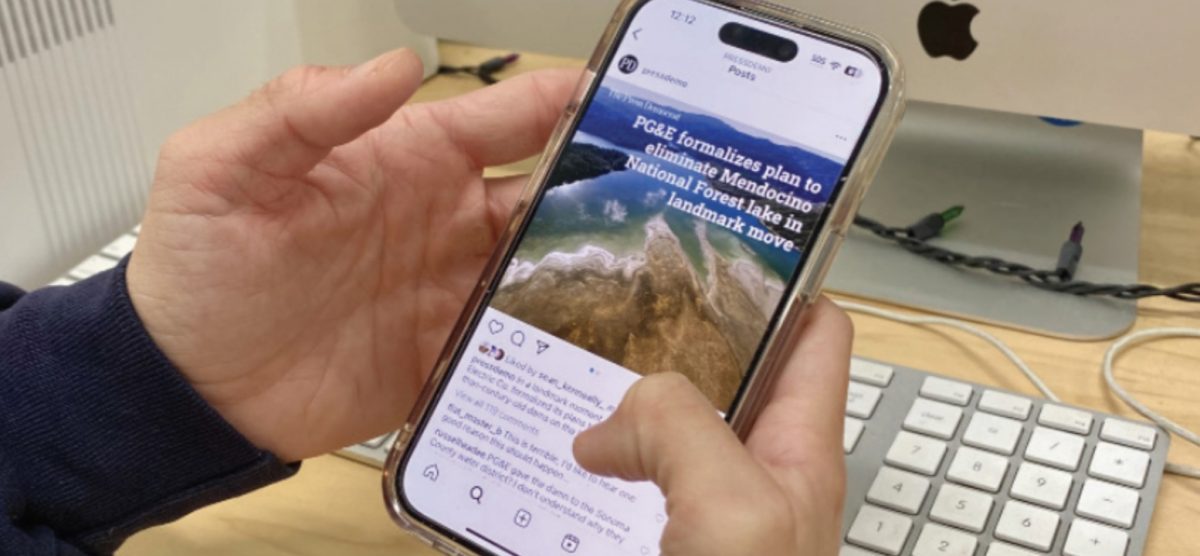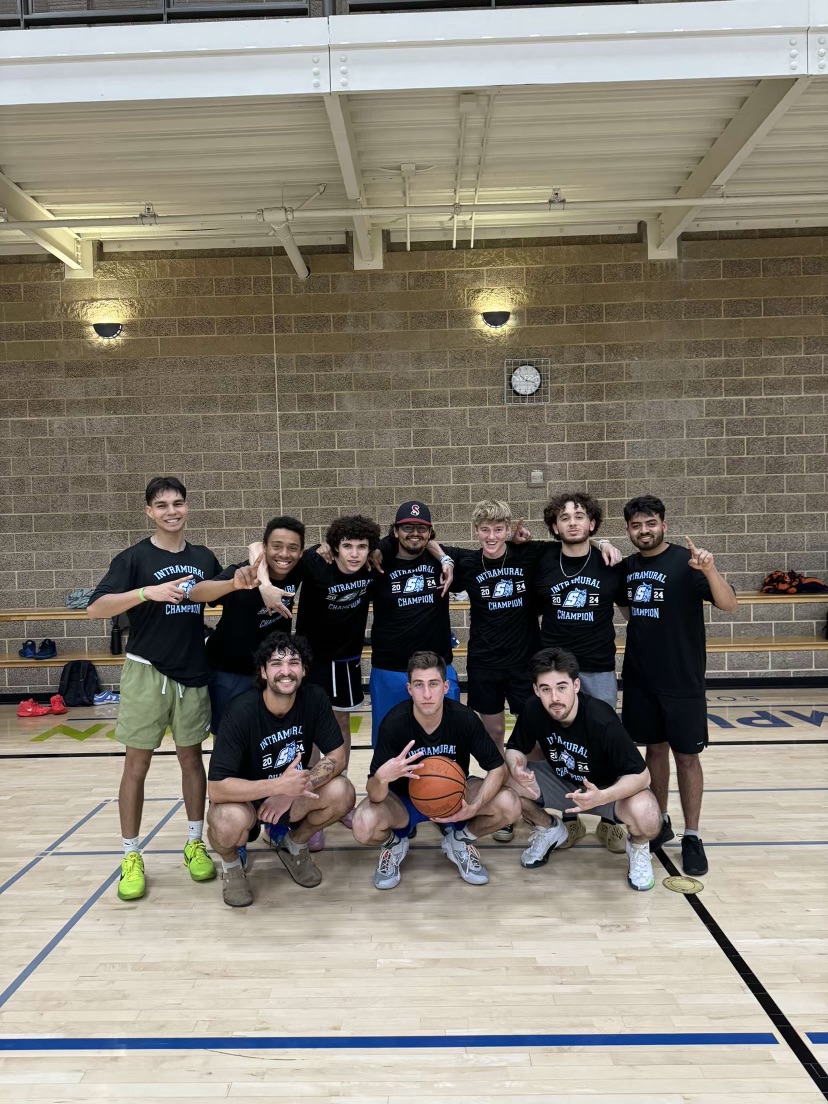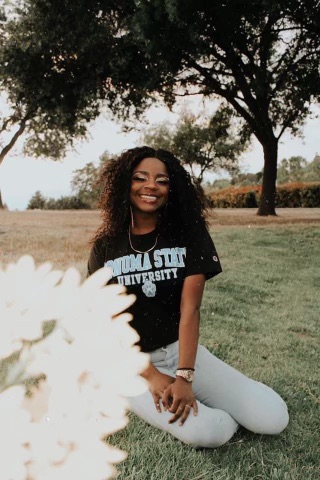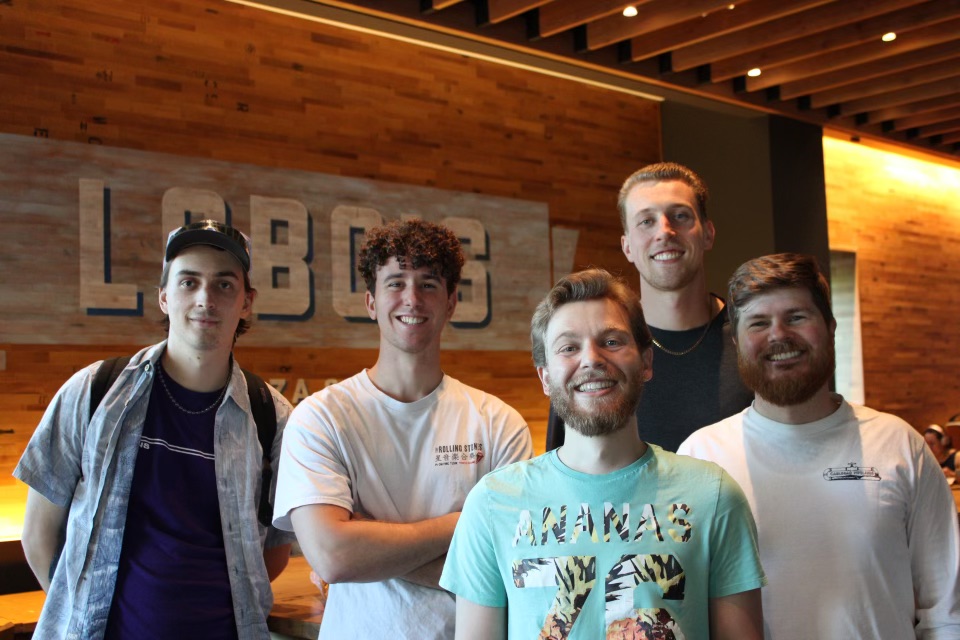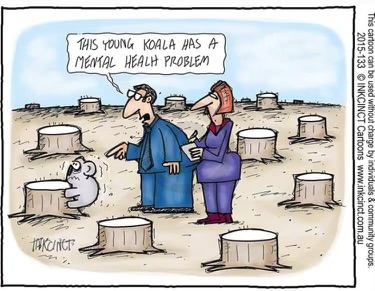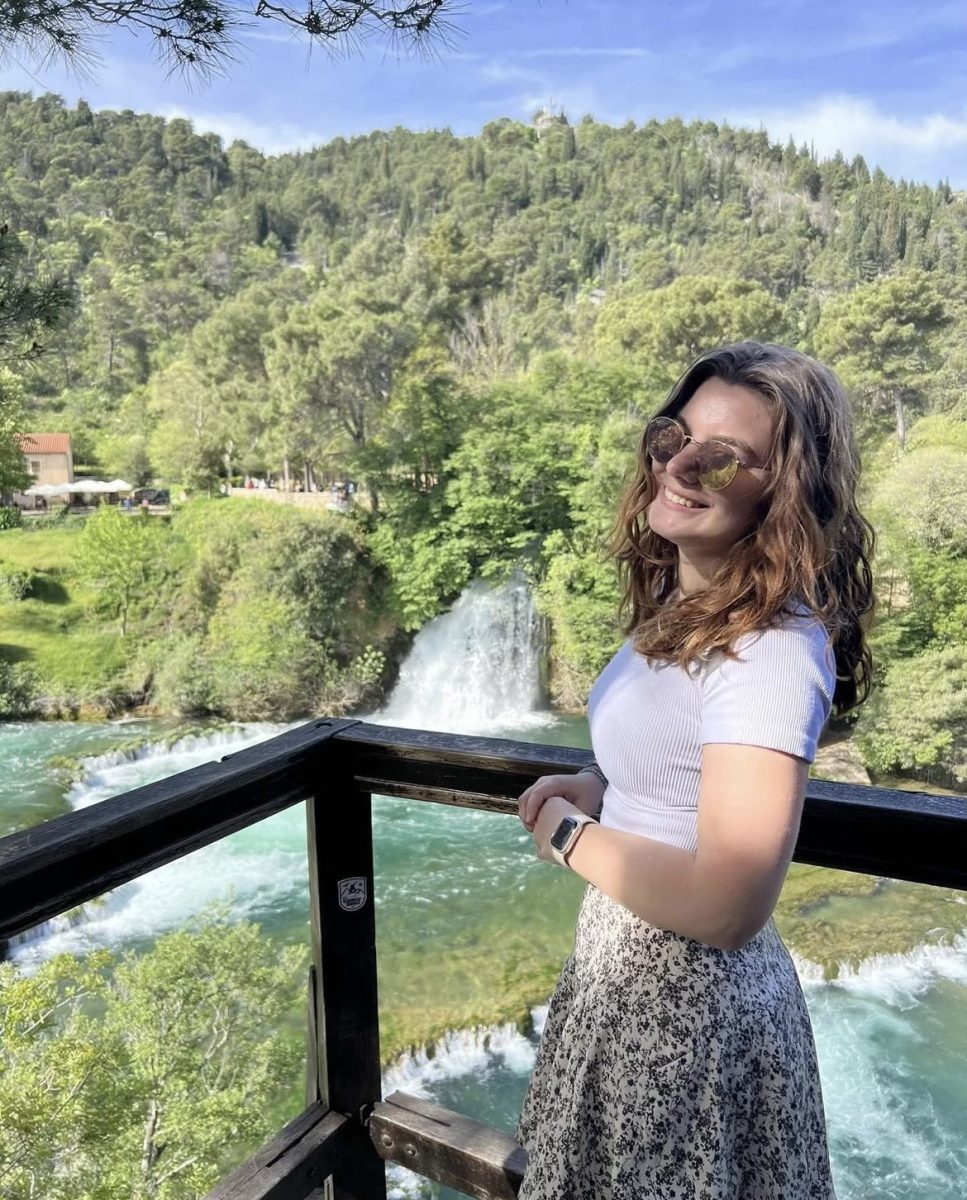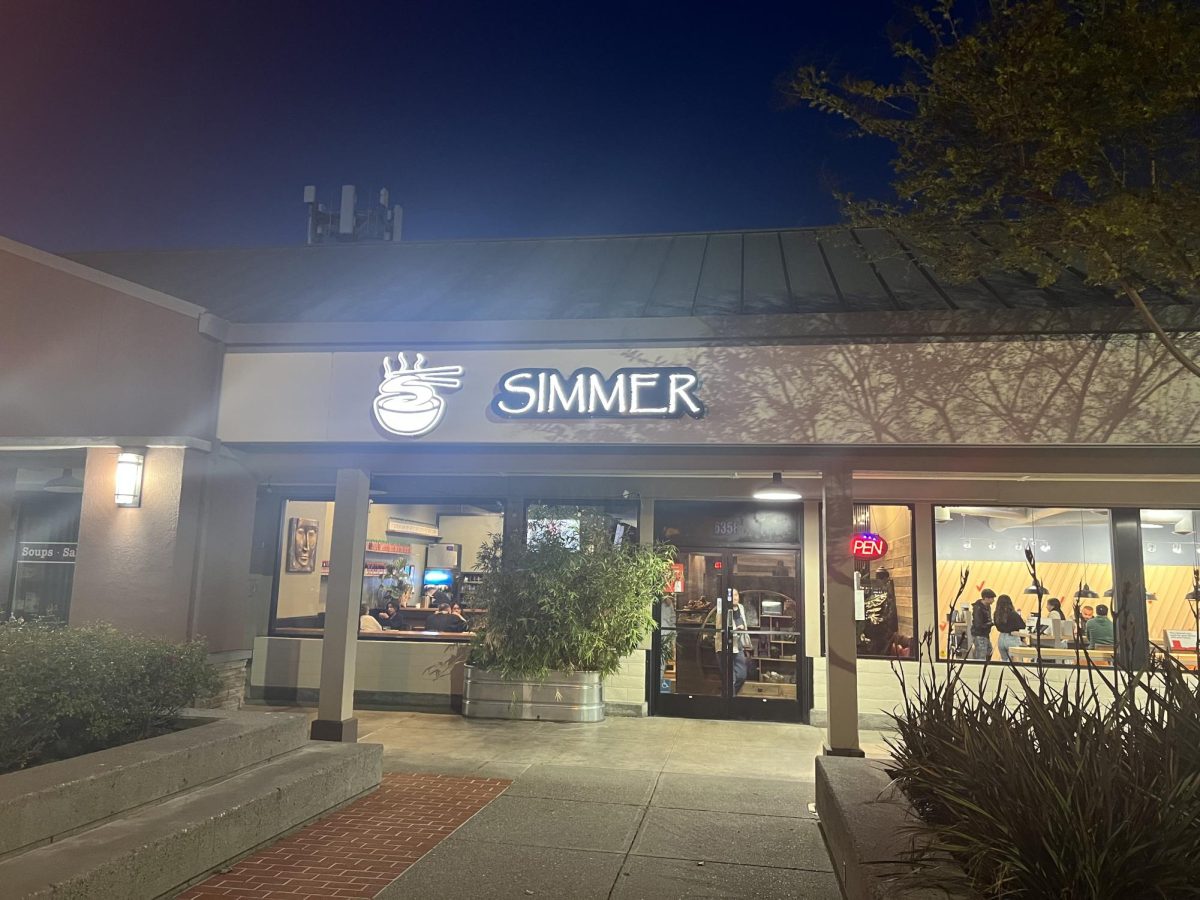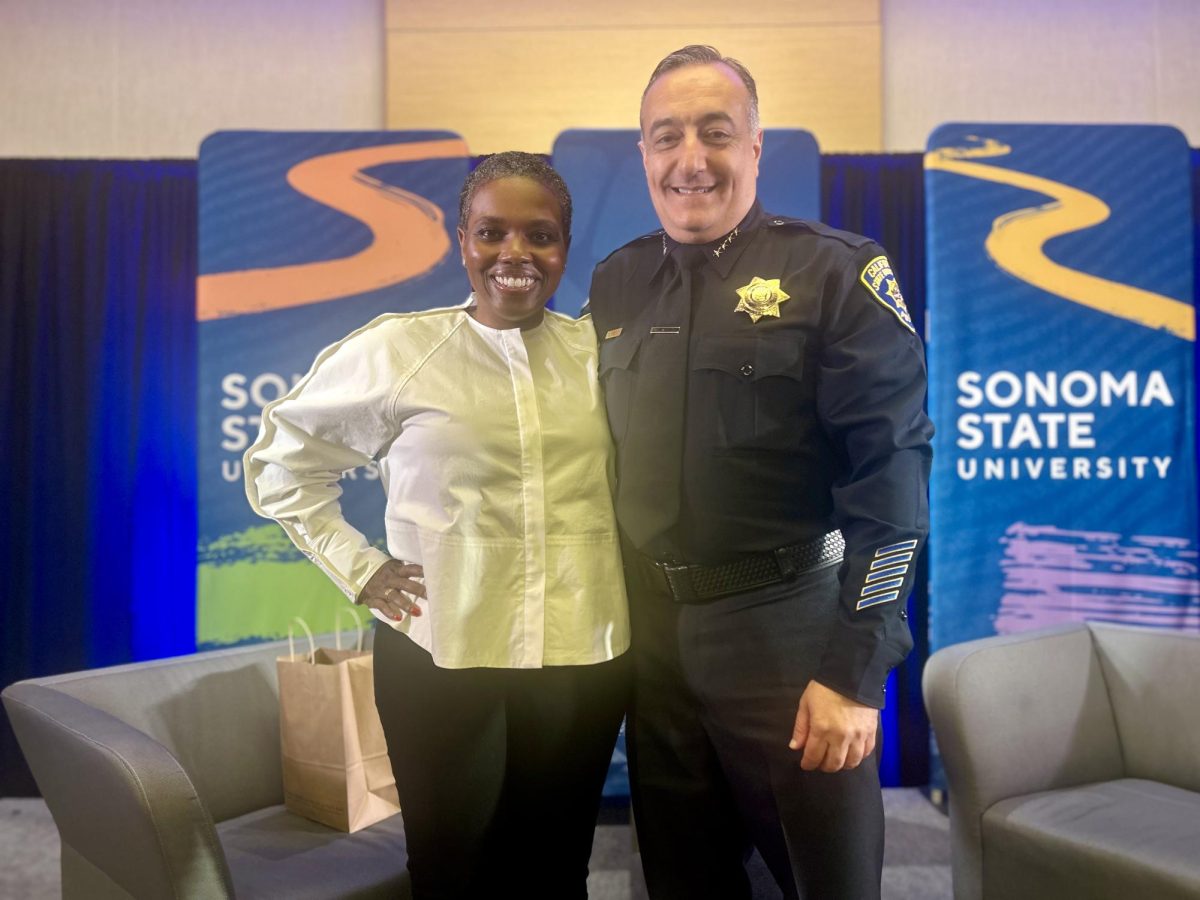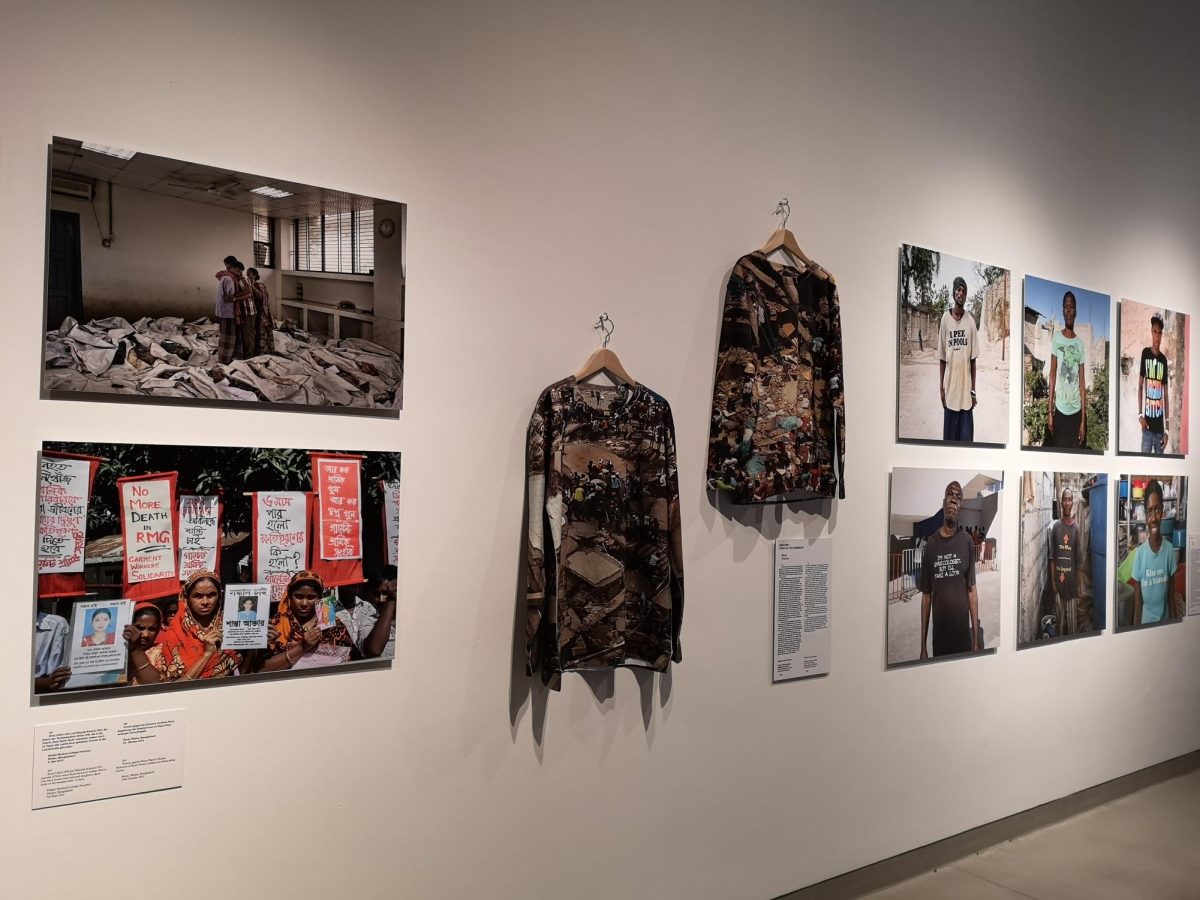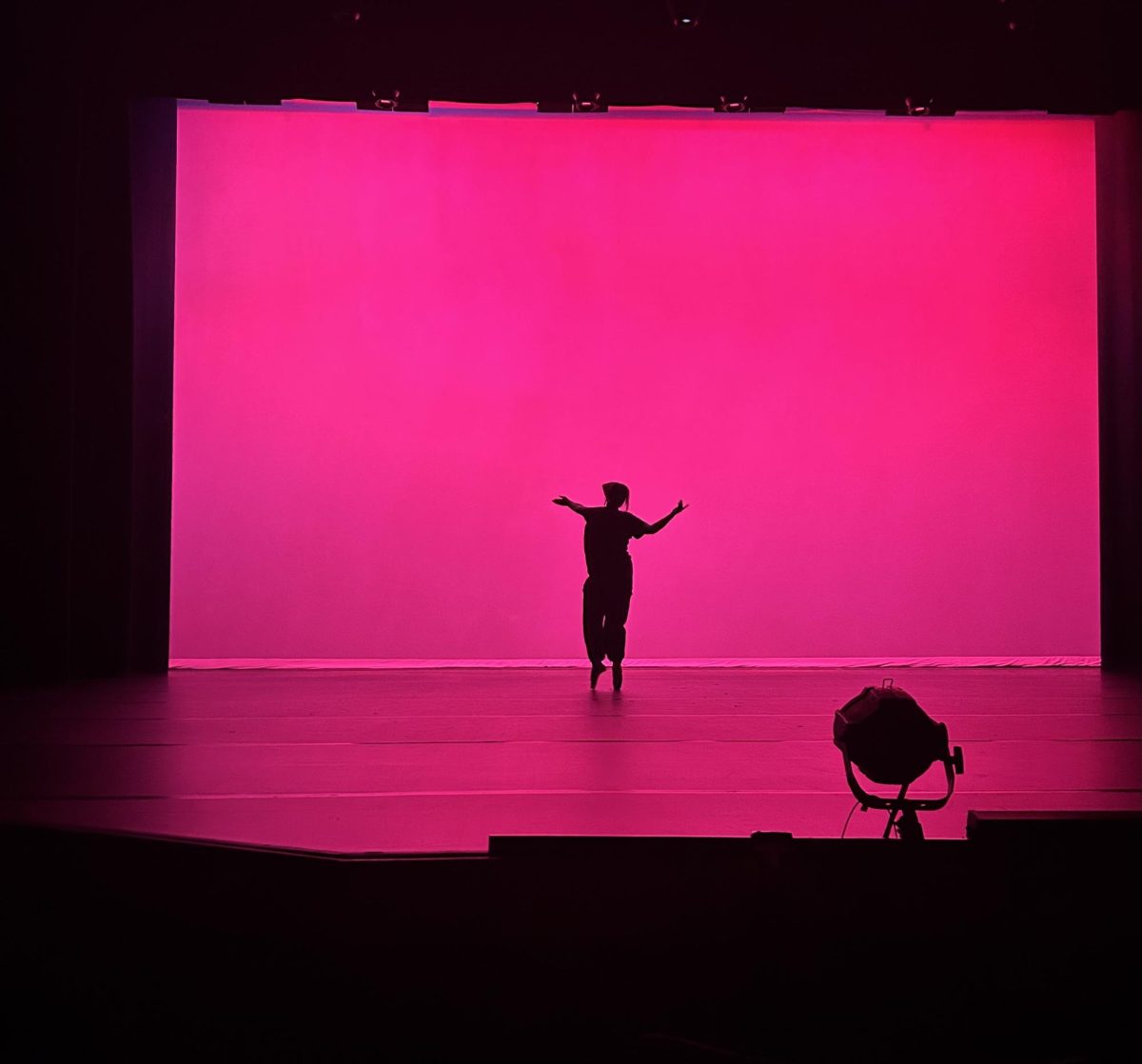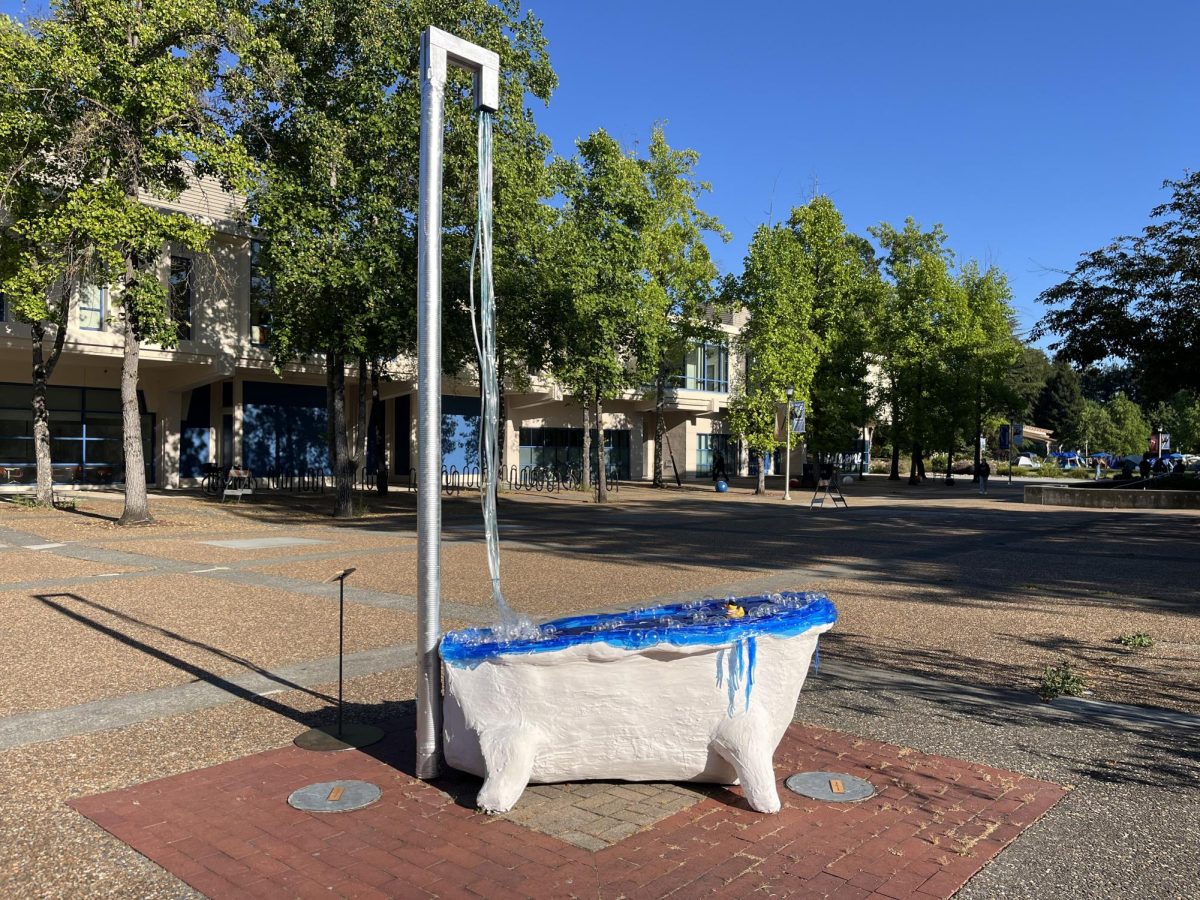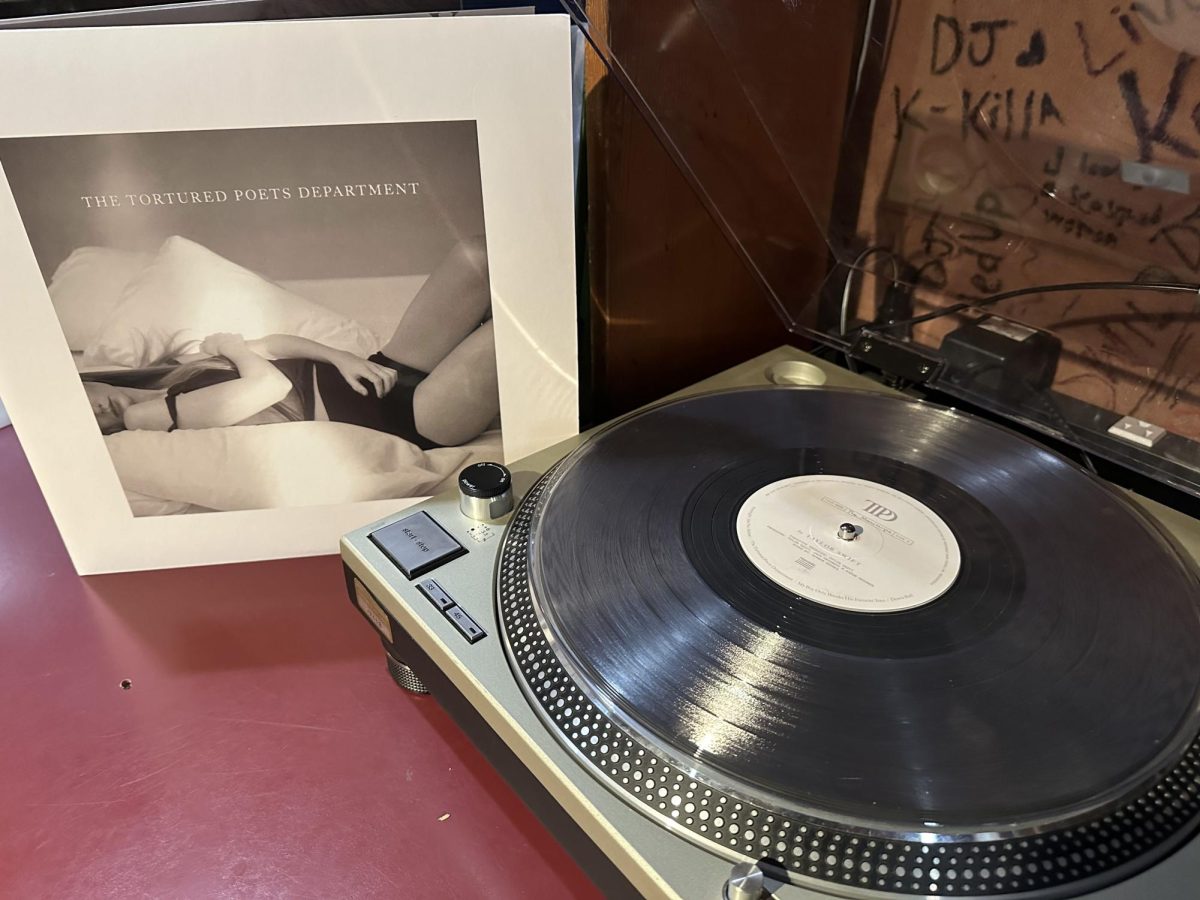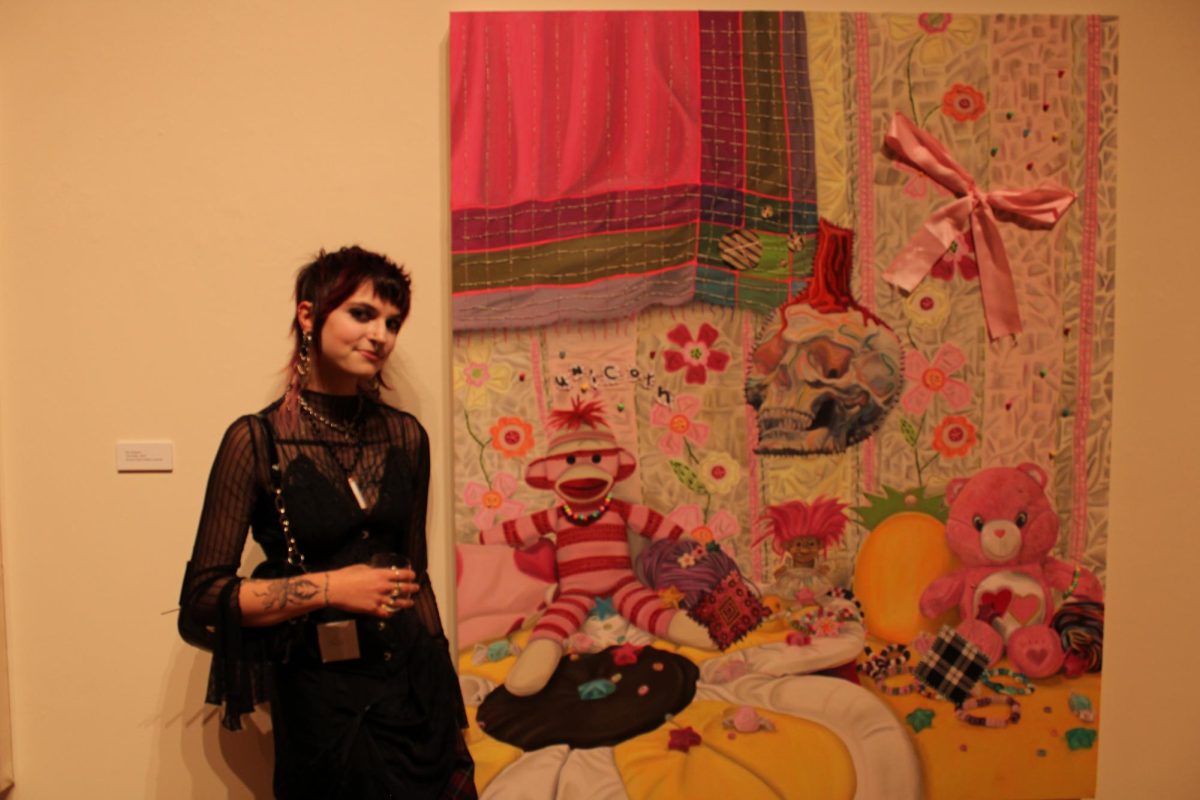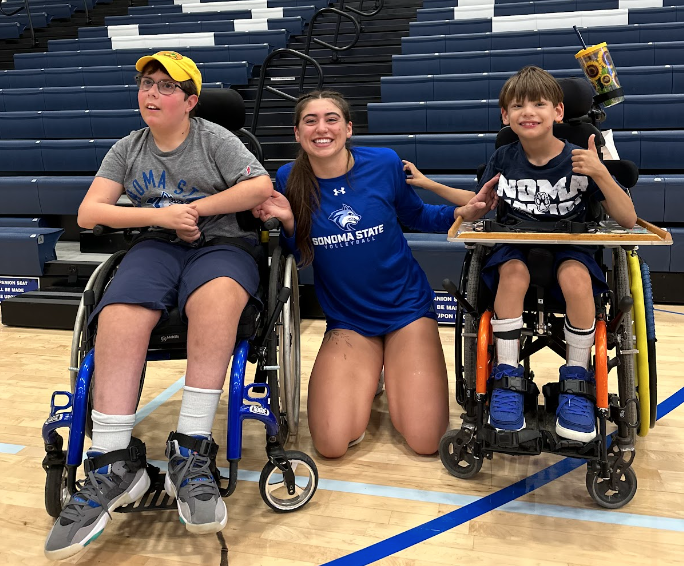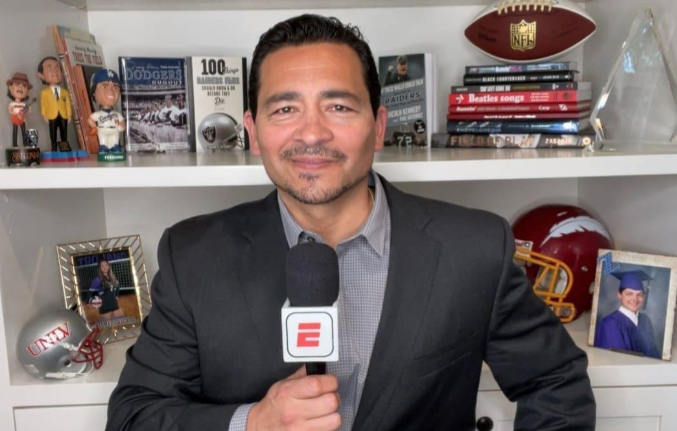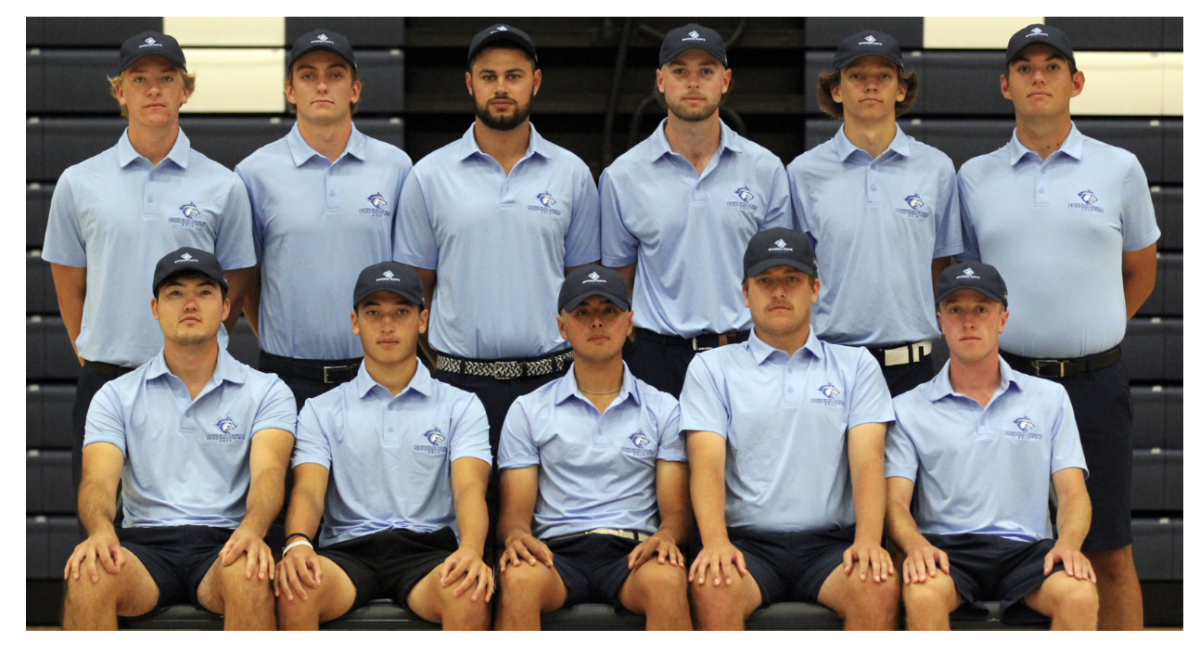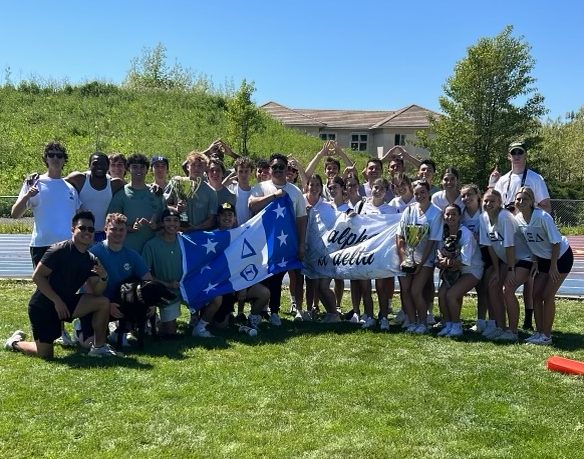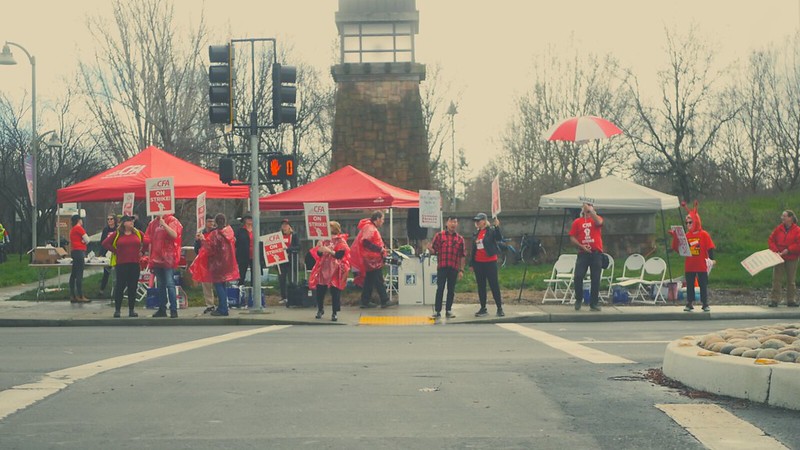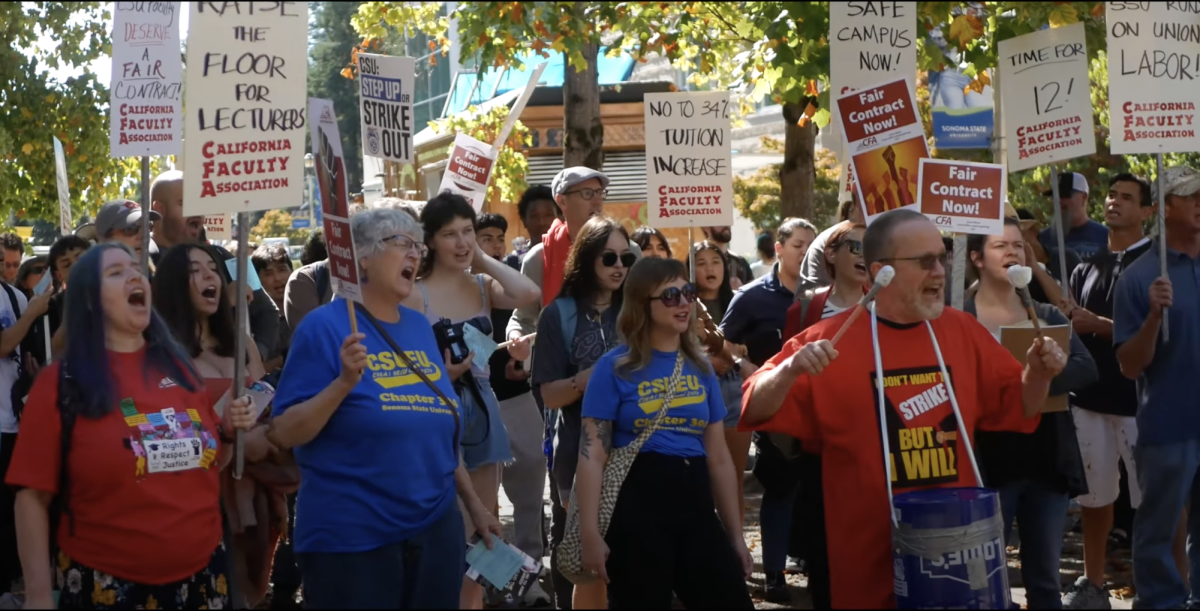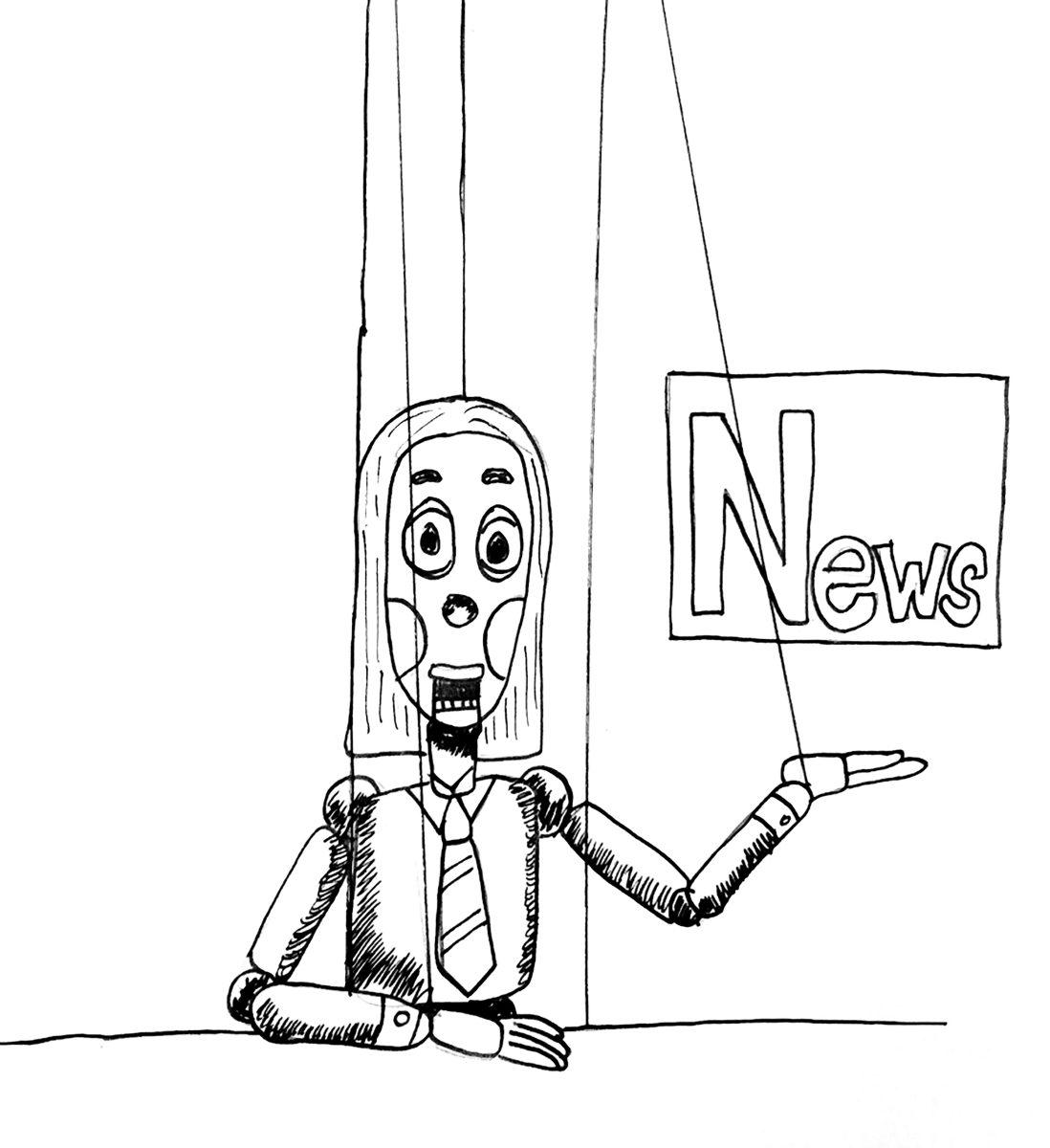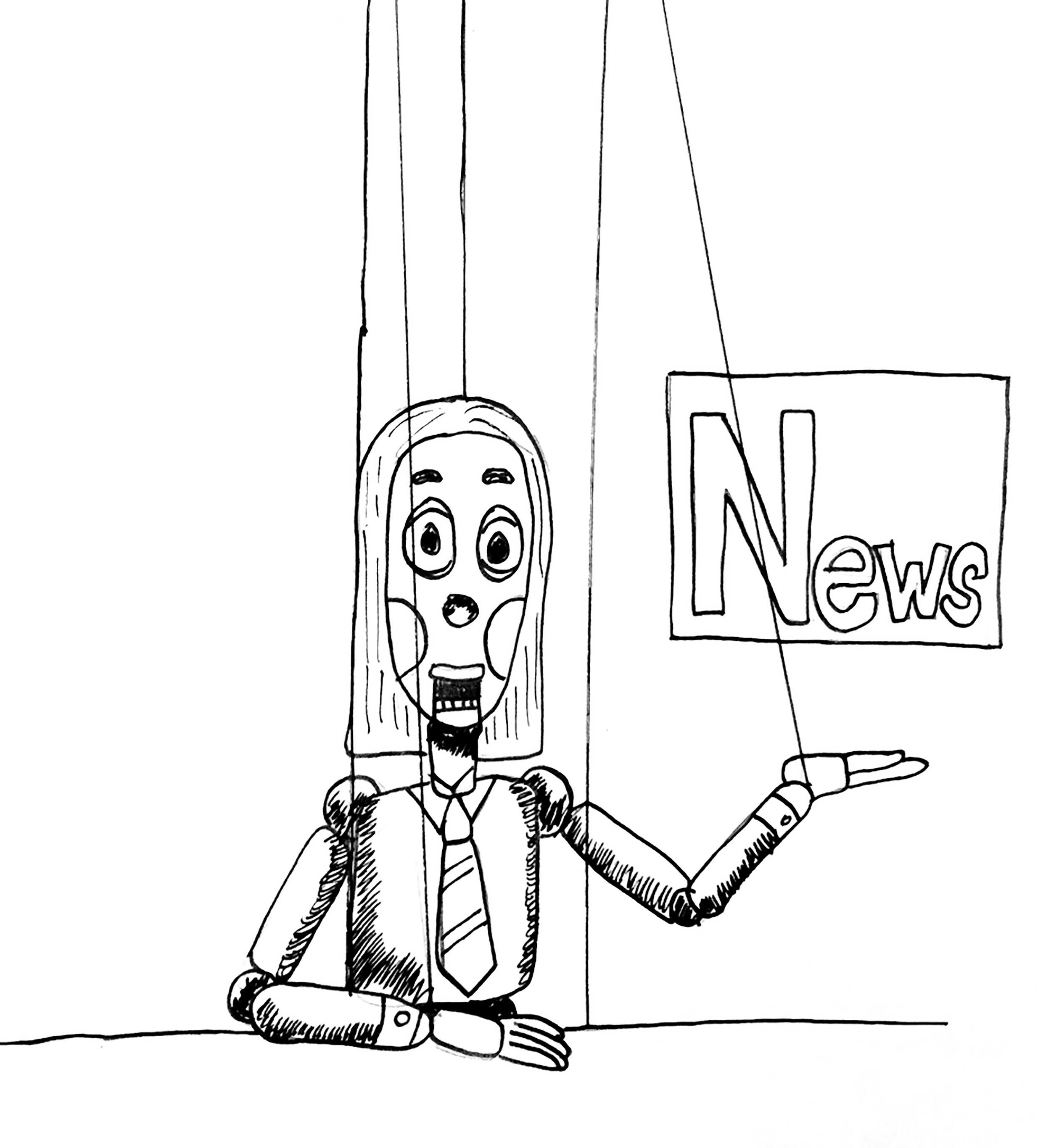In 1976, Carl Jensen started Project Censored to “promote independent investigative journalism, media literacy and critical thinking.” With an opposition to news censorship, Jensen focused on exposing under-reported news (“The News that Didn’t Make the News”), free press and its role in a democratic self-government.
Jensen, who started the communication studies bachelor’s and journalism certificate programs at Sonoma State University, passed away April 23 at age 85.
Living in a time where knowledge is stored on a device in one’s pocket, alerts, updates and news coverage is received in a matter of seconds thanks to apps and technology, but it still seems like only a pinch of information is being fed. It’s as if large news stories are a bag of Skittles, but consumers are only finding the purple and green pieces.
An individual who wants to know what’s going on has the tools, such as computers and the Internet, but it might take a little digging to get all sides of the story.
Shouldn’t there be a closer look at the type of information the public receives from its news outlet? Are they getting the most informative stories possible? Why are there limited sides to a story?
News comes from multiple areas. There are newspapers, magazines and even Twitter feeds. As issues surface, the biggest names in news report on the same thing with no change of angle or in-depth look.
This issue of limited coverage could be rooted in conglomerates and monopolies, which run the news outlets. Certain groups, like VICE News, aim to show the other sides of important news from an unscripted view with the help of home-movie style documentaries.
An example of these types of repetitive news reports came in the wake of the Baltimore protests.
The intentions were peaceful protests with thousands of people marching through the streets in an attempt to send a message of wanting justice for Freddie Gray, a man who died from injuries sustained while in police custody while being driven in a police van without a seatbelt with his hands and feet shackled.
Many main news outlets posted photos of the city at night and noted the unrest, riots, looting and violence. For example, CNN’s Instagram account shows a photo of a burned-out police car and van sitting in the street.
Tweets from major news groups gained popularity with thousands of favorites, while there were independent journalists and reporters who went in and only got a few hundred. The issue isn’t showing this side of the story, it’s that this was the overwhelming coverage of the story.
More tame coverage and interesting stories, such as a man protesting and impersonating Michael Jackson as he danced to “Beat It” and photos from the lowest-attended MLB game between the Orioles and White Sox at Camden Yards, came to light later on.
With some searching, stories from inside the protests of citizens holding hands as a blockade and walking with signs will surface. Positive headlines came up recently as well. On Sunday, a piece from CNN was titled, “Baltimore protests largely peaceful.”
It is possible people had no background information and weren’t sure what the protests were before they saw photos and coverage of looting and violence. Where’s the major coverage of the peaceful protests?
Jensen encouraged individuals to get the full story in situations like this and others.
In the past year or two, there have been several occasions, such as the Michael Brown and Eric Garner shooting, Ebola health warnings, ISIS danger, as examples, that should spark further research from all to be educated on important matters.

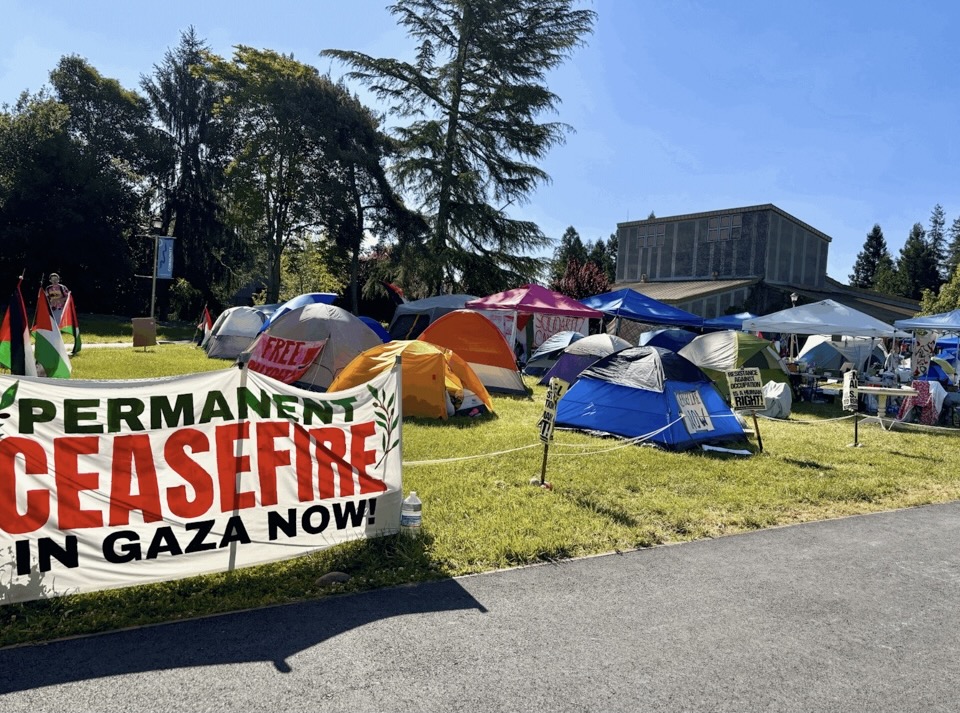
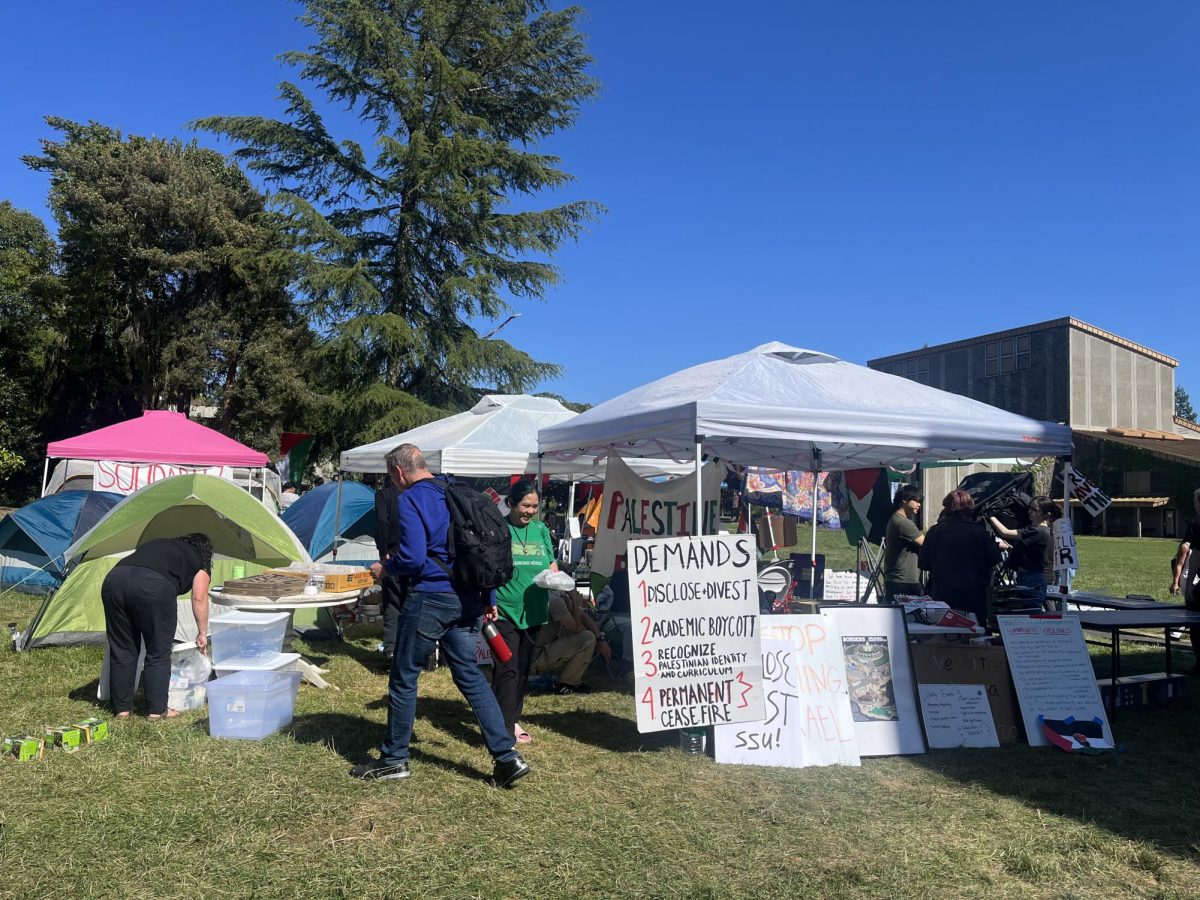

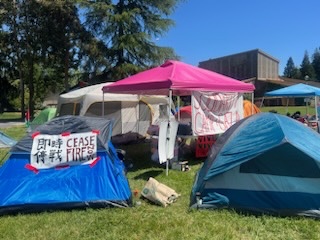
![[Both photos courtesy of sonoma.edu]
Ming-Ting Mike Lee stepped in as the new SSU president following Sakakis resignation in July 2022](https://sonomastatestar.com/wp-content/uploads/2024/04/CC4520AB-22A7-41B2-9F6F-2A2D5F76A28C-1200x1200.jpeg)
